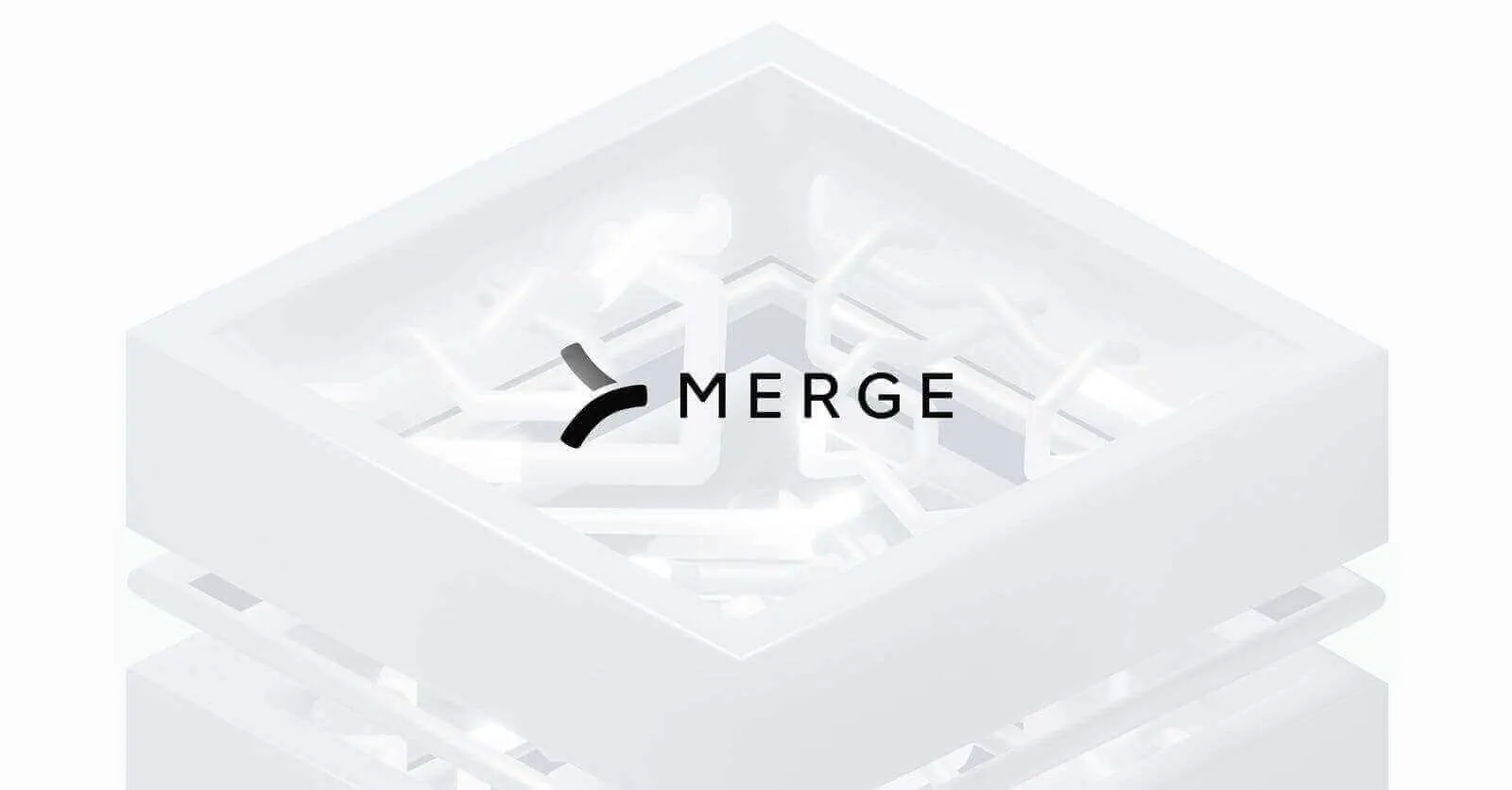Table of contents
Is it hard to build and maintain API integrations? Here’s what our research tells us

Every API integration project is inherently unique.
This includes everything from the endpoints you need to access to the documentation you need to use to the level of partnership (if any) you need to form.
Given the differences across every API integration project, it’s difficult to definitively claim that connecting to an API is always hard or easy.
However, in most cases, API integration projects can be challenging to some extent because of a common set of factors.
We learned about these factors when we surveyed hundreds of product managers and engineers as part of our State of Product Integrations report.
Here are the top challenges respondents cited when scoping and building API integrations:

And here are the top challenges they cited when maintaining API integrations:

You can read on to learn why the most commonly-cited challenges can prove difficult to overcome.
Integration performance
Whether you’re building internal or customer-facing integrations, you’ll likely need sync data on a frequent cadence and with minimal issues over time.
Accomplishing this is easier said than done as a wide range of scenarios can cause an integration to break, perhaps for an extended period.
For example, if an API response comes back in a way you don’t expect, whether that’s as an array, a null value, a string, etc. your integration can break, as your code may not be built to handle the response.
An integrated application, or a feature within the app, gets discontinued
The vast majority of companies will, unfortunately, fail. Even 80% of companies with successful products will go under according to McKinsey & Company.
As a result, you’ll inevitably have to deal with integrated products or features that get deprecated and have to rebuild those integrations with similar features or products as quickly as possible.
Identifying integrated applications or features that are set to get discontinued on time and with enough leeway to respond appropriately can prove difficult, especially when the announcement gets buried in a blog post, an email you don’t receive, or through another channel that's hard to keep tabs on.
Difficult to scale
In most cases, a single integration build will take your engineers at least several weeks. And once it’s built, your engineers will likely need to allocate several hours per month just to maintain the integration.

Given the resource constraints, the prospect of building dozens of API integrations may not be feasible for your engineering team. And even if it is, it would both take them a significant length of time to roll out all of the integrations and distract them from the other key projects they’re uniquely positioned to handle—making the opportunity cost of building and maintaining API integrations significant.
Communicating errors and remediation steps back to clients quickly and clearly
If you offer customer-facing API integrations, many of the issues need to be resolved by the customers themselves, such as adding a new API key.
The process of diagnosing a given issue can take your engineers time, which leaves the integration broken for an extended period. Moreover, identifying the specific steps a customer would need to take to resolve the issue can be time-intensive.
Going back to our example of adding an API key for a specific application, you would have to share the specific steps the customer needs to take to generate the API key, which varies by application and can prove complex to ascertain.
Challenging to secure partnerships with 3rd-parties
Certain API providers require you to invest thousands of dollars in a formal business partnership just to access to their API documentation and sandbox environment.
In other cases, an API provider might simply reject your application for becoming a partner for seemingly subjective reasons, any of which may not be communicated back to you clearly.
Whatever the situation may be, it can be difficult, if not impossible, to form the partnership you need with a given API provider in order to build to their endpoint(s).
Add API integrations to your product with ease by using Merge
Merge, the leading unified API platform, addresses all the challenges highlighted in this article.
- The platform lets you add hundreds of integrations through a single build, letting you scale your product integrations with ease
- Merge’s Partner Engineers maintain each and every integration on your engineers’ behalves
- The platform offers Integration Observability tooling for your customer-facing team, allowing them (and not your engineers) to identify and diagnose integration issues and work with customers on resolving them quickly
- The platform allows your customers to set up connections via a UI component—Merge Link—through clear instructions
Learn more about using Merge to scale your customer-facing integrations by scheduling a demo with one of our integration experts.









.jpg)
